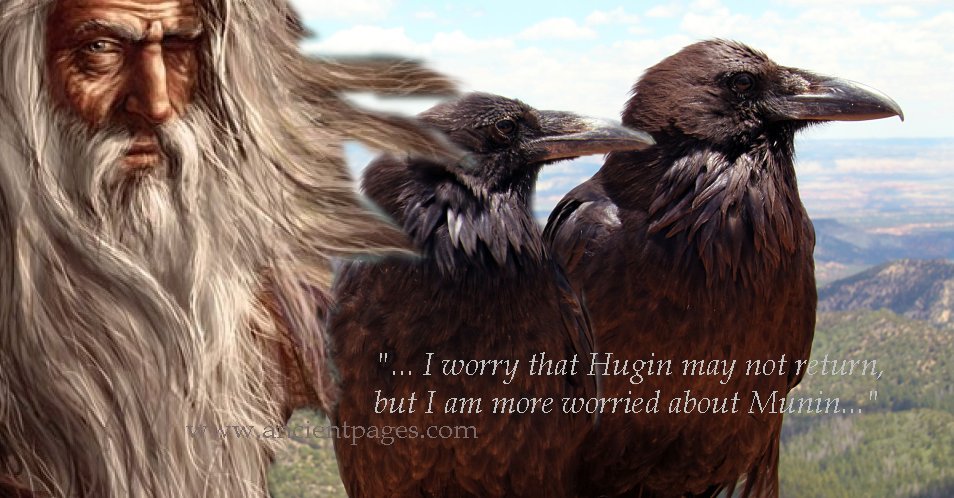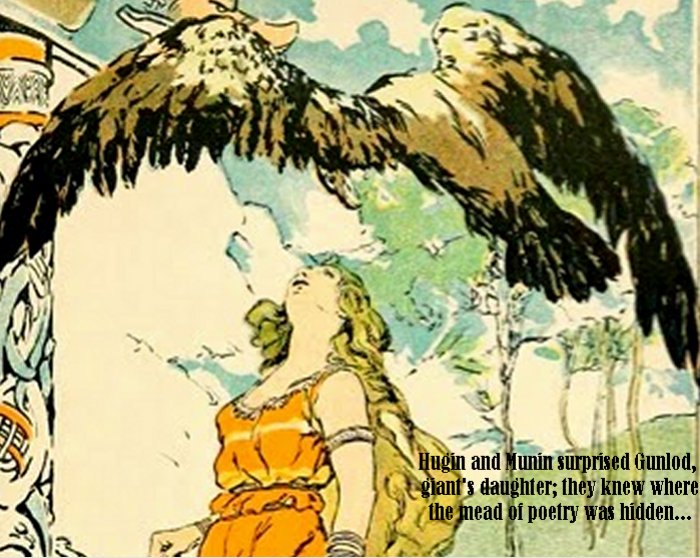Huginn and Muninn: Powerful Ravens Of Odin, Supreme God In Asgard In Norse Mythology
A. Sutherland - AncientPages.com - Among the Aesir gods in Norse mythology, the supreme god Odin is frequently depicted sitting on his high seat, Hlidskjalf, in Asgard, the home of the gods.
Odin always has his two raven companions, Hugin (Huginn) and Munin (Munnin), on his shoulders.
Hugin represents 'memory,' while Munin - represents 'thought.'
Hugin and Munin, "Thought" and "Memory," fly all over Earth each morning, returning with news, gossip, and secrets to whisper in his ear. Ravens are resolutely diurnal birds; however, a raven's cry at night signals the approach of the Wild Hunt.
Every day, Odin sends them out, and they fly across the world to seek important news and events. Odin surveys the worlds from Hlidskjalf and must-know reports of what is happening in all Nine Worlds.
In the evening, Hugin and Munin return to Odin's shoulders, and during dinner in Valhalla, they whisper all they have heard in his ears.
'Hrafnagaldur Odins' (Odin's Raven Chant), an obscure Icelandic poem in the style of the Poetic Edda, mentions that Odin is distraught one day. Idun, the wide of Bragi, god of music, poetry, and eloquence, has disappeared, and an untimely winter is coming from the north.
He sends his ravens to the underworld to investigate the disappearance of the goddess Idun. But the report of Hugin and Munin is enigmatic and unsatisfying.
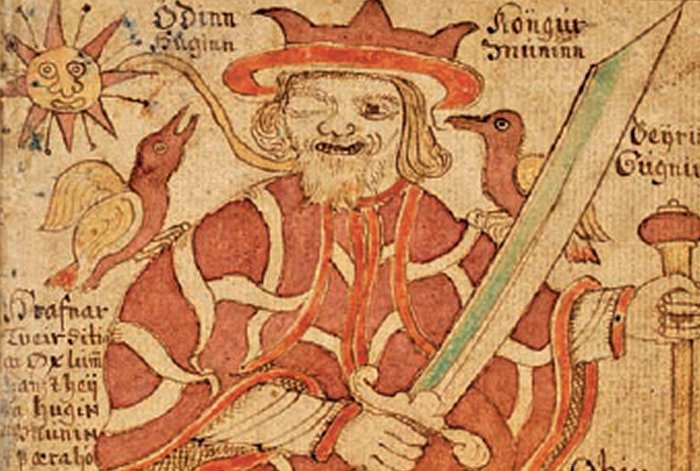 Image credit: Odin with his ravens Hugin and Munin. From the 18th-century Icelandic manuscript SÁM 66, in the care of the Árni Magnússon Institute in Iceland.
Image credit: Odin with his ravens Hugin and Munin. From the 18th-century Icelandic manuscript SÁM 66, in the care of the Árni Magnússon Institute in Iceland.
Ravens are traditionally mentioned in Norse and other mythologies. They are linked with battles and death, not only in poems but also in reality. They are scavengers usually found among the corpses on the battlefield in the aftermath of war. In Norse mythology, a raven plays a double role as a sign of evil or good.
But Hugin and Munin, whom we meet on Odin's shoulders, symbolize his power to see his mind and thoughts into the future. Additionally, as symbols of the battlefield, they represent god Odin's welcoming to Valhalla, the Hall of Odin, in which the warriors slaughtered in battle – the Einheriar – can enjoy a happy afterlife.
Hugin and Munin are not common ravens; they have special abilities. These birds have fantastic observation abilities and can understand and speak human language. They can fly very fast, visit the Nine Worlds in only one day, and come back just in time for Odin's dinner.
In one myth, giant Suttung entrusted the 'mead of poetry and inspiration' to Gunlod, his daughter, bidding her guard it night and day and allowing neither gods nor mortals to have so much as a taste.
To fulfill father's command, Gunlod carried the three vessels into the hollow mountain, where she carefully watched them. She was confident they were safe there, but she was wrong.
Gunlod did not suspect that Odin had discovered their place of concealment, thanks to the sharp eyes of his faithful ravens Hugin and Munin. The pair kept careful watch for possible danger or difficulties and observed everything that happened around them.
It would be unfair to say that Hugin and Munin are Odin's spies or servants; they are his wise advisers. Or perhaps they are a personification of the god Odin's intellectual powers or his 'fylgja' - animal spirits that accompany him for good or bad.
Every day, Odin was anxiously watching for their return at nightfall:
".... Hugin and Munin fly every day across the Gaping Ground.
I worry that Hugin may not return,
but I am more worried about Munin..." (Andy Orchard, The Elder Edda: A Book of Viking Lore 'The Lay of Grimnir")
Written by – A. Sutherland AncientPages.com Staff Writer
Updated on November 1, 2022
Copyright © AncientPages.com All rights reserved. This material may not be published, broadcast, rewritten or redistributed in whole or part without the express written permission of AncientPages.com
Expand for referencesReferences:
Neil Gaiman N. Norse Mythology
National museet.dk
Germanic Mythology
More From Ancient Pages
-
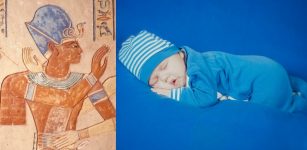 Ancient People Dressed Baby Boys In Blue To Ward Off Evil Spirits
Ancient History Facts | Mar 5, 2019
Ancient People Dressed Baby Boys In Blue To Ward Off Evil Spirits
Ancient History Facts | Mar 5, 2019 -
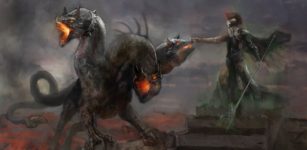 Cerberus – Giant Multi-Headed Dog Guards The Underworld Of God Hades In Greek Mythology
Featured Stories | Jun 2, 2020
Cerberus – Giant Multi-Headed Dog Guards The Underworld Of God Hades In Greek Mythology
Featured Stories | Jun 2, 2020 -
 How Did St. Nicholas Become Santa Claus? – History, Legend And Tradition
Featured Stories | Dec 22, 2023
How Did St. Nicholas Become Santa Claus? – History, Legend And Tradition
Featured Stories | Dec 22, 2023 -
 Underwater Ancient Cypress Forest Offers Clues To The Past
Archaeology | Jun 29, 2021
Underwater Ancient Cypress Forest Offers Clues To The Past
Archaeology | Jun 29, 2021 -
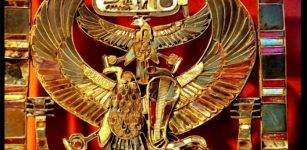 Setne Khamwas And The Book Of Magic Written By Thoth
Egyptian Mythology | Jan 20, 2016
Setne Khamwas And The Book Of Magic Written By Thoth
Egyptian Mythology | Jan 20, 2016 -
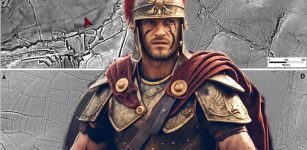 First-Ever Discovery Of Roman Road Network Spanning The South West UK Made By LIDAR
Archaeology | Aug 7, 2023
First-Ever Discovery Of Roman Road Network Spanning The South West UK Made By LIDAR
Archaeology | Aug 7, 2023 -
 Magnificent Ancient Treasures Of The Mysterious Kangju Kingdom Found By Archaeologists
Archaeology | Jun 11, 2024
Magnificent Ancient Treasures Of The Mysterious Kangju Kingdom Found By Archaeologists
Archaeology | Jun 11, 2024 -
 Anglo-Irish Explorer Shackleton’s Ship The Quest Found Off Canada’s Coast
Underwater Discoveries | Jun 13, 2024
Anglo-Irish Explorer Shackleton’s Ship The Quest Found Off Canada’s Coast
Underwater Discoveries | Jun 13, 2024 -
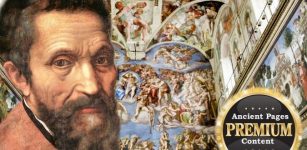 The Sistine Chapel Cypher – Secret Messages In The Art Of Michelangelo
Featured Stories | Mar 3, 2018
The Sistine Chapel Cypher – Secret Messages In The Art Of Michelangelo
Featured Stories | Mar 3, 2018 -
 Gunung Padang – Remarkable Megalithic Site In Indonesia
Civilizations | Jun 14, 2014
Gunung Padang – Remarkable Megalithic Site In Indonesia
Civilizations | Jun 14, 2014 -
 Stone Box With Ancient Shell Llama Offering Found In Lake Titicaca
Archaeology | Aug 4, 2020
Stone Box With Ancient Shell Llama Offering Found In Lake Titicaca
Archaeology | Aug 4, 2020 -
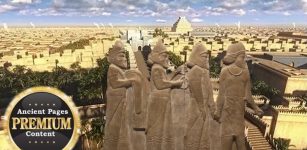 Unknown Ancient God Was Worshipped In Mesopotamia – Sacred Texts And Archaeology Reveal
Civilizations | May 9, 2018
Unknown Ancient God Was Worshipped In Mesopotamia – Sacred Texts And Archaeology Reveal
Civilizations | May 9, 2018 -
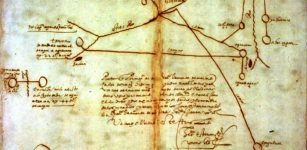 Etzanoa: Long-Lost Native American City Discovered In Kansas After 400 Years
Archaeology | Apr 24, 2017
Etzanoa: Long-Lost Native American City Discovered In Kansas After 400 Years
Archaeology | Apr 24, 2017 -
 Mystery Of The Black Irish People: Who Were They?
Civilizations | May 24, 2016
Mystery Of The Black Irish People: Who Were They?
Civilizations | May 24, 2016 -
 Mystery Of The Giant Laos Jars Continues – New Discoveries Reported By Scientists
Archaeology | Apr 19, 2021
Mystery Of The Giant Laos Jars Continues – New Discoveries Reported By Scientists
Archaeology | Apr 19, 2021 -
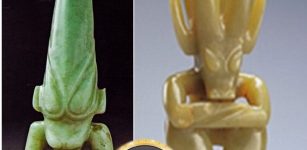 Ancient Hongshan Culture: Creators Of A Pyramid And Remarkable Artifacts That Are Still Shrouded In Mystery
Civilizations | Jun 20, 2015
Ancient Hongshan Culture: Creators Of A Pyramid And Remarkable Artifacts That Are Still Shrouded In Mystery
Civilizations | Jun 20, 2015 -
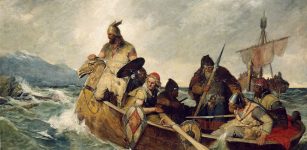 Evidence Scots And Irish Settled Iceland A Century Before The Vikings?
Featured Stories | Jan 7, 2023
Evidence Scots And Irish Settled Iceland A Century Before The Vikings?
Featured Stories | Jan 7, 2023 -
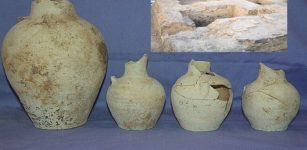 Stone Water Well Dated To Sassanid Era (224-651 CE) Unearthed In Isfahan Hills, Iran
Archaeology | Jun 26, 2020
Stone Water Well Dated To Sassanid Era (224-651 CE) Unearthed In Isfahan Hills, Iran
Archaeology | Jun 26, 2020 -
 Mystery Of The Headless Skeletons From Vráble
Archaeology | Apr 4, 2022
Mystery Of The Headless Skeletons From Vráble
Archaeology | Apr 4, 2022 -
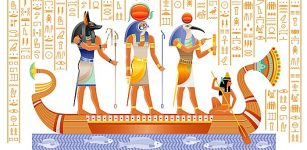 Never-Ending Battles Between God Ra And Indestructible Apophis In Ancient Egyptian Beliefs
Egyptian Mythology | May 20, 2021
Never-Ending Battles Between God Ra And Indestructible Apophis In Ancient Egyptian Beliefs
Egyptian Mythology | May 20, 2021

